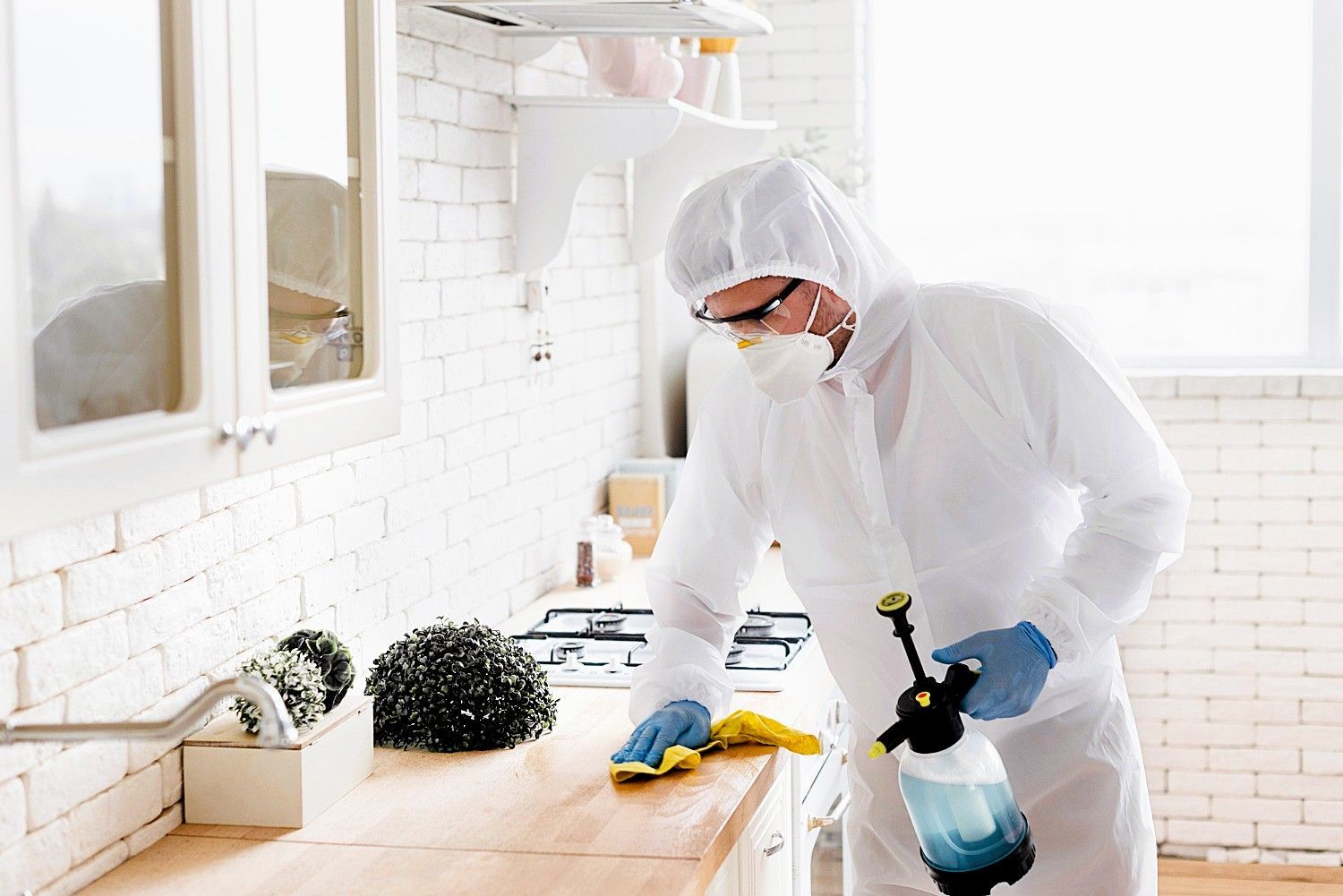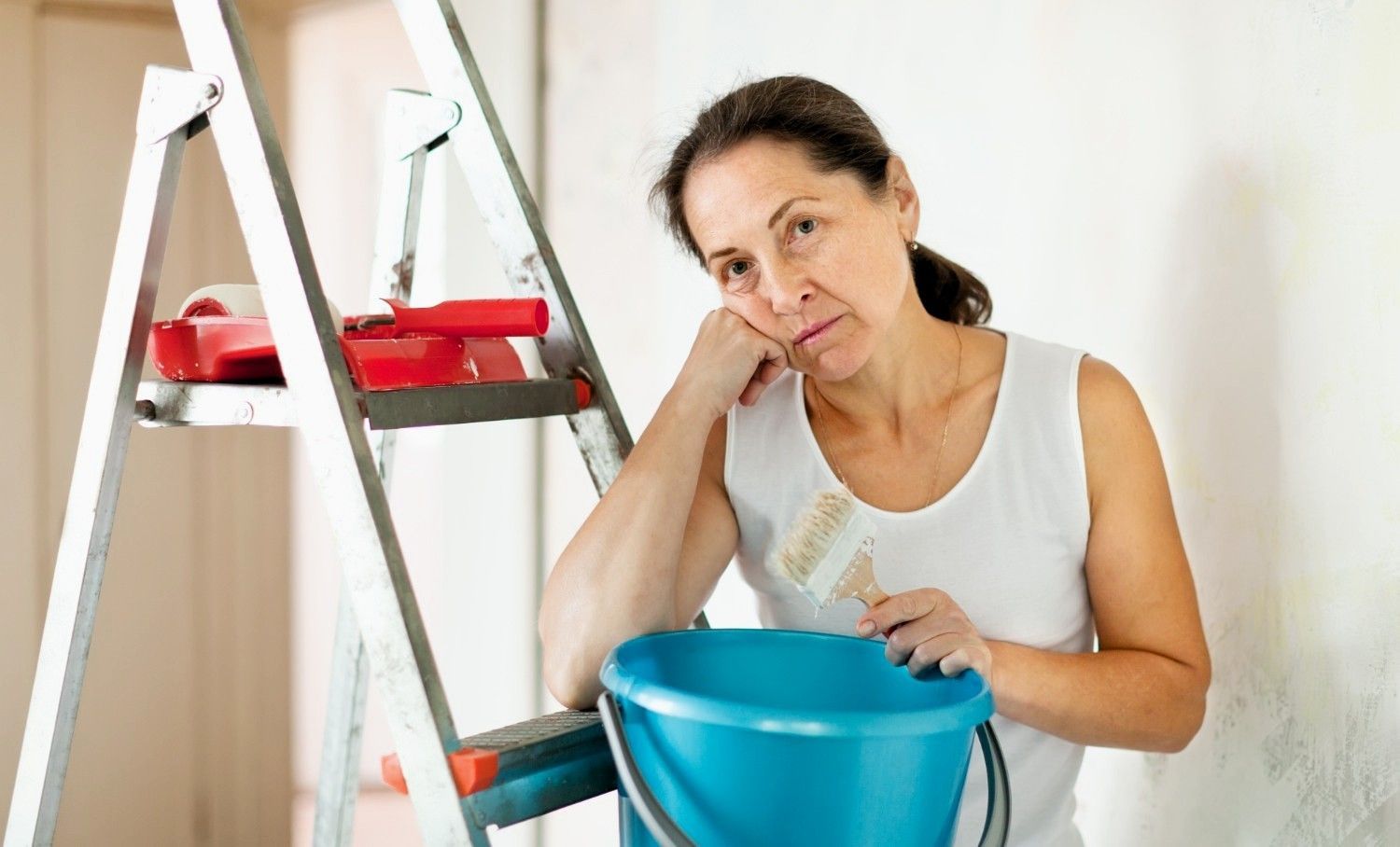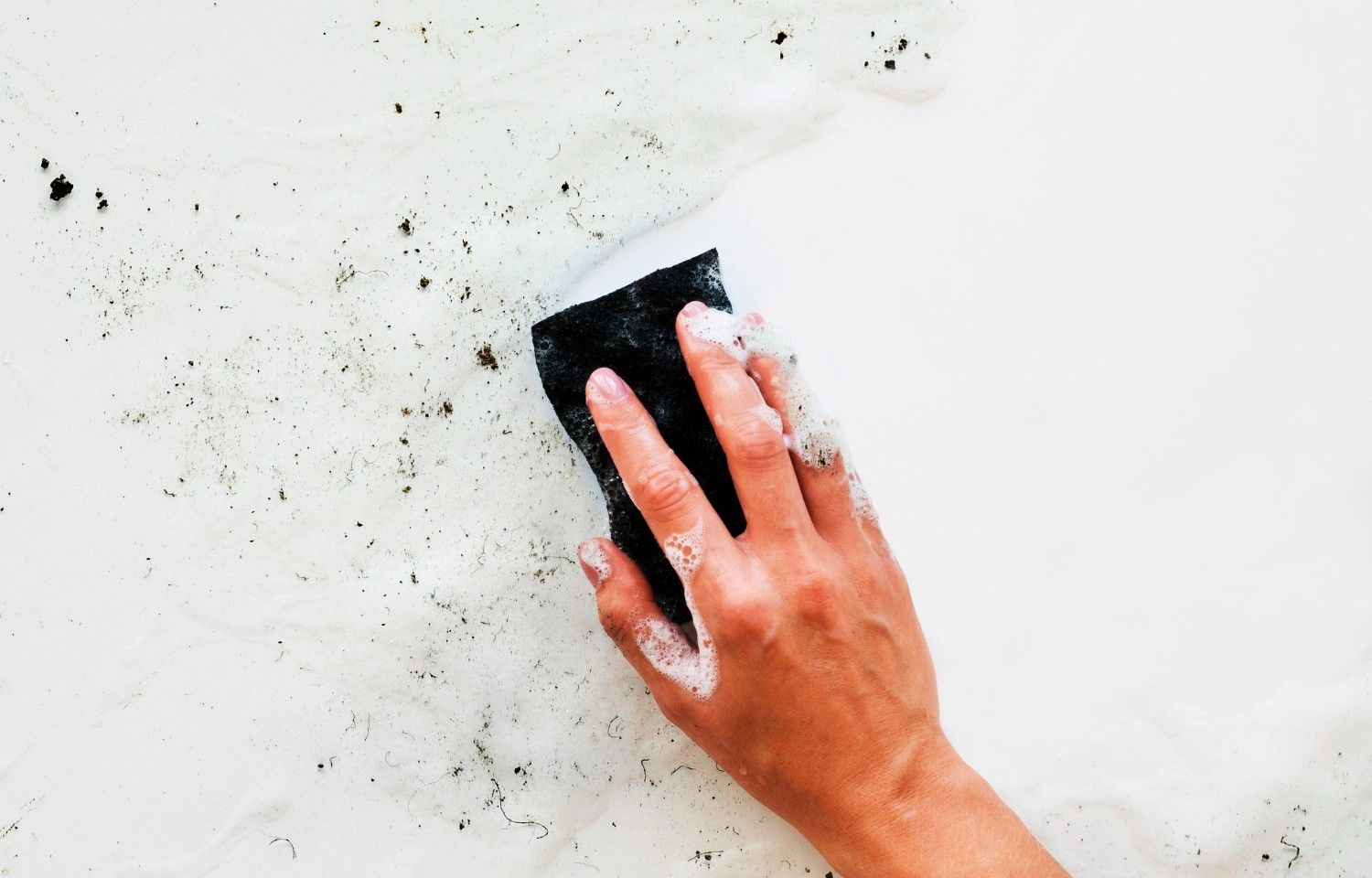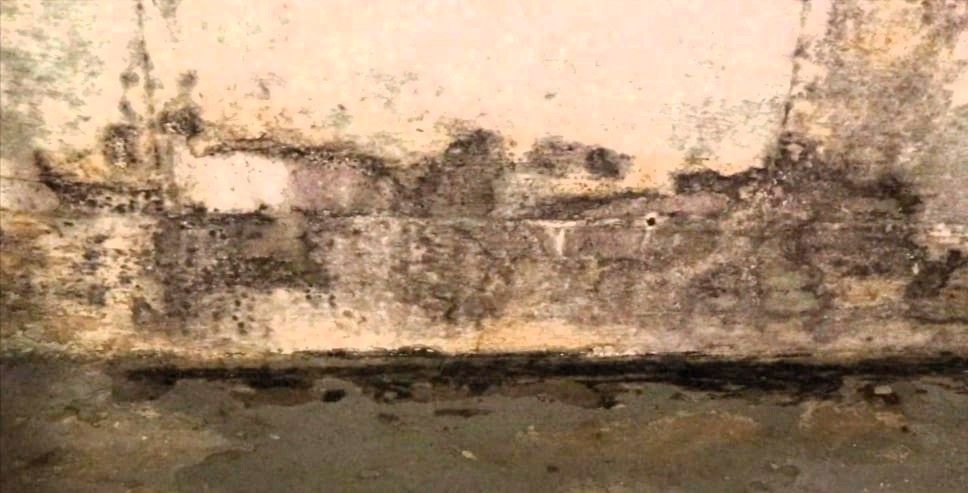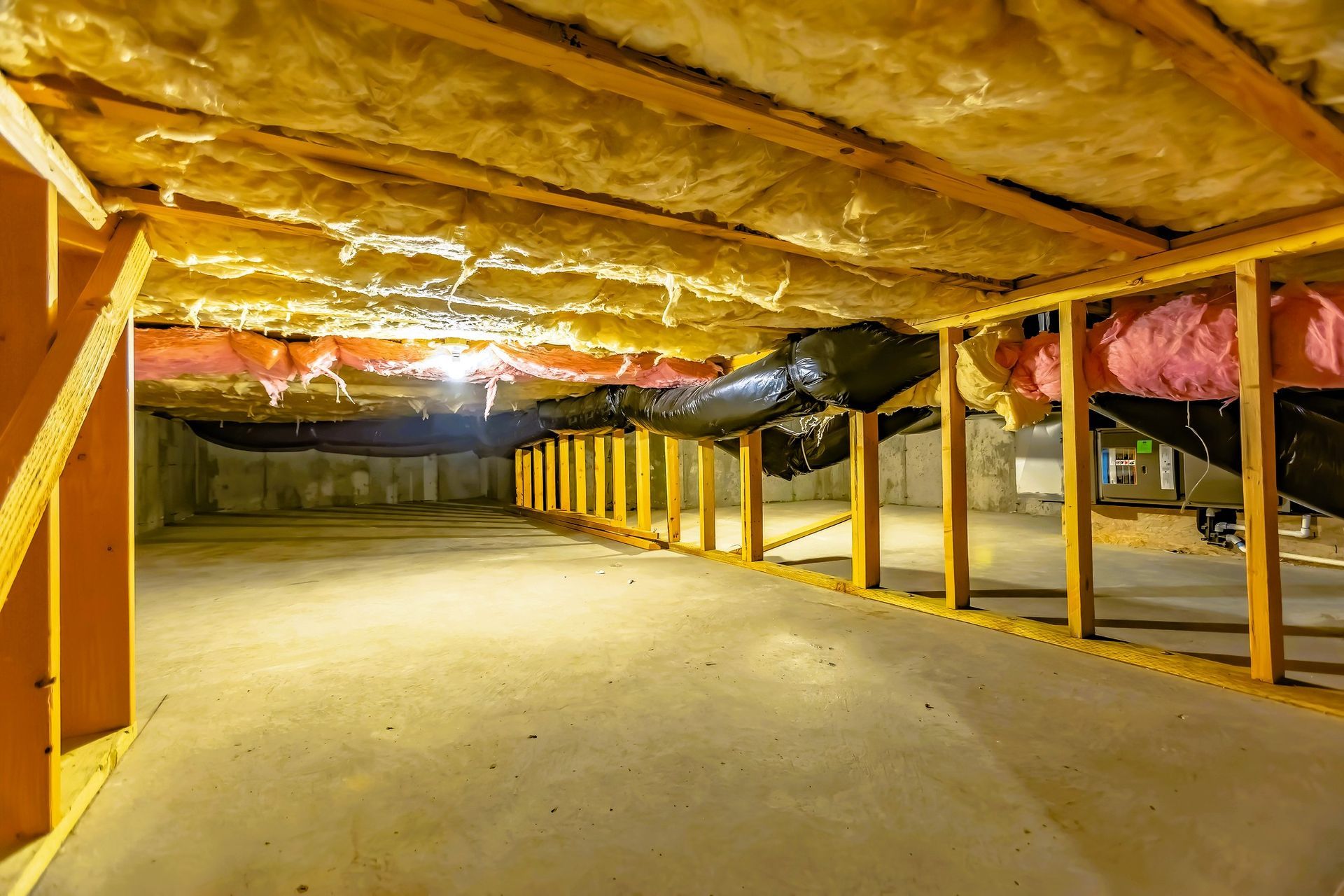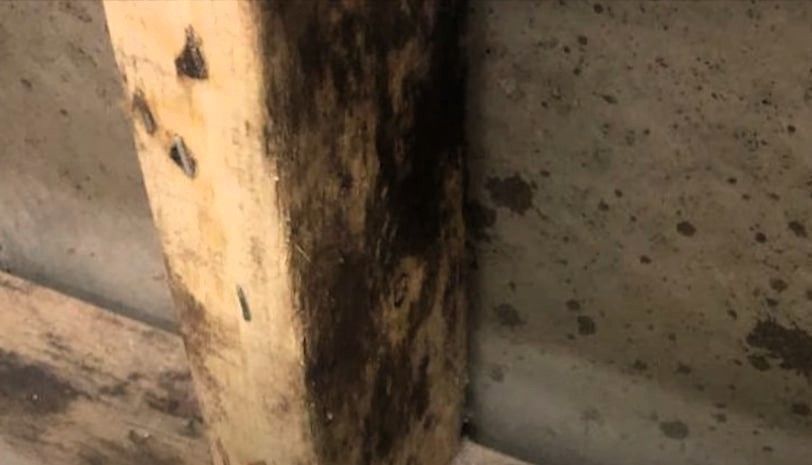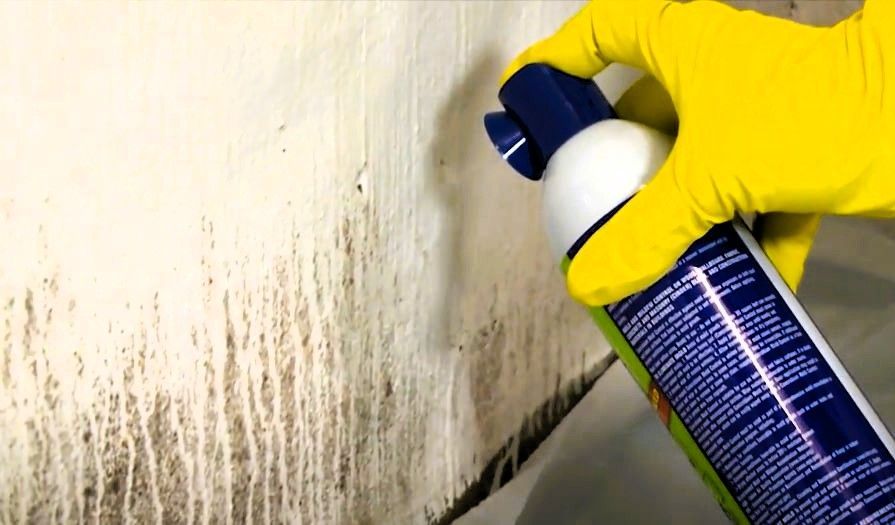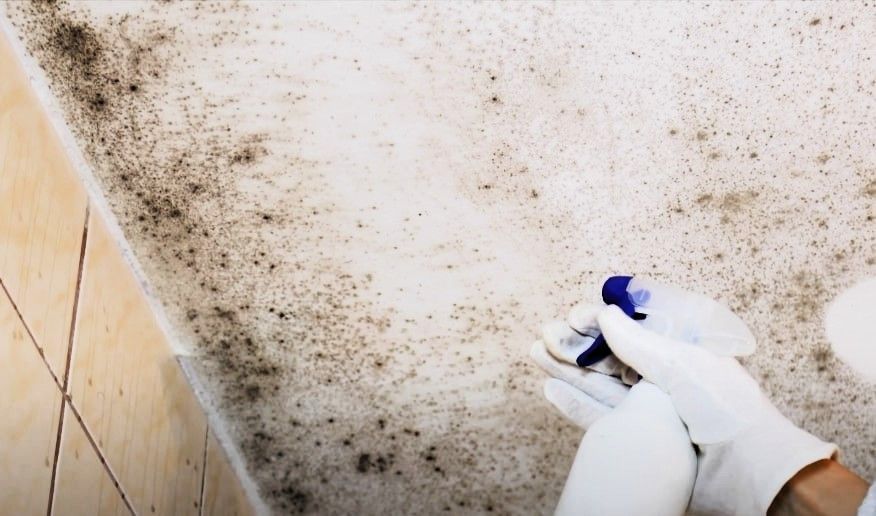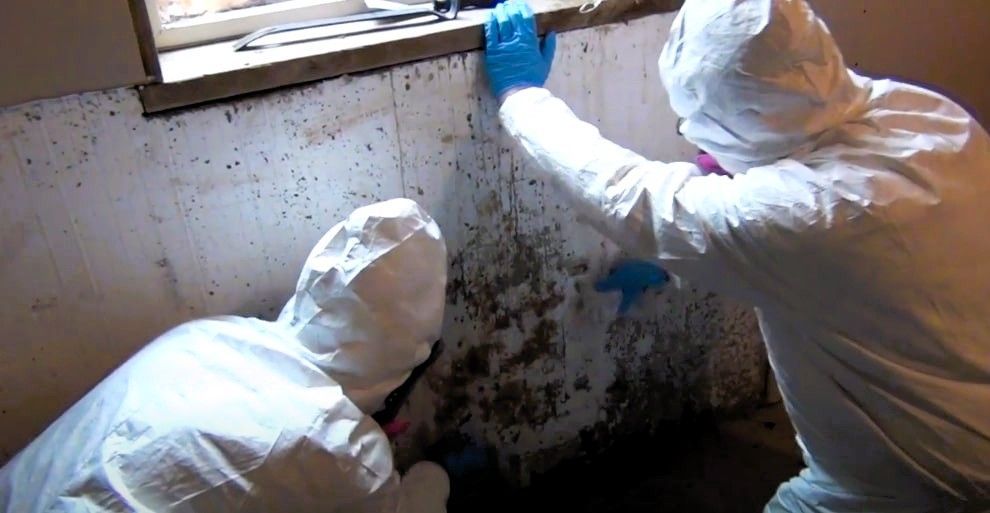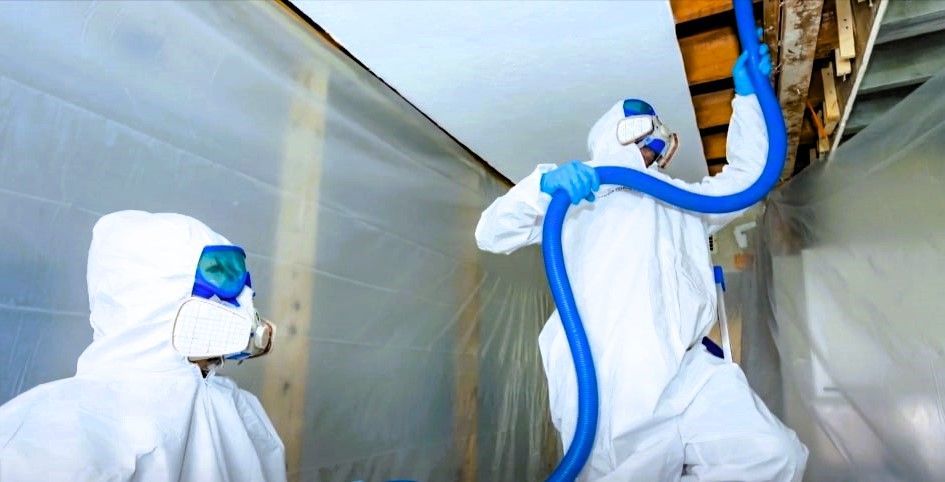Tips to Prevent & Stop Mold From Spreading
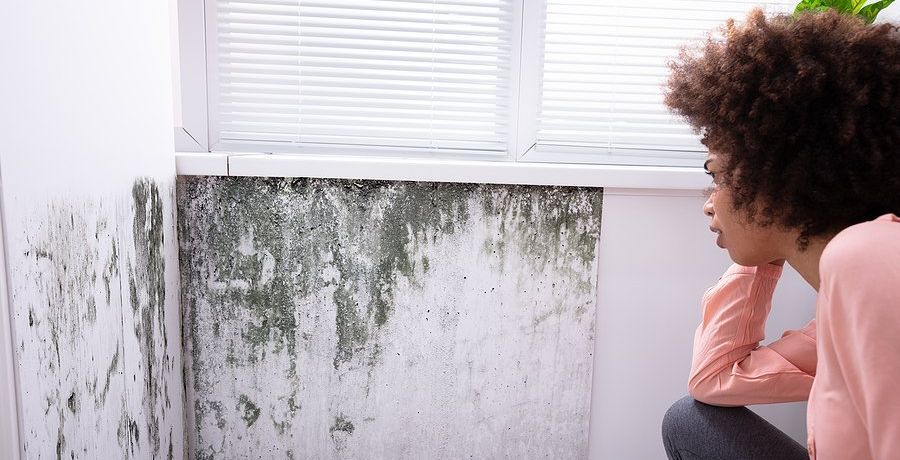
Mold, mildew, and moisture problems are especially common in high-humidity climates, but they can occur anywhere. Indoors, mold and mildew thrive in damp areas such as basements, showers, bathtubs, kitchens, laundry rooms, and storage areas. Outdoors, they can be found on leaves, logs, grass, and soil.
According to the EPA, mold, and mildew can cause a variety of health problems, including allergic reactions, coughing and wheezing, headaches, skin rashes, and upper respiratory tract infections. In people with asthma or other lung conditions, mold exposure can trigger an asthma attack.
Mold spores are microscopic and can’t be seen by the naked eye. They travel through the air and can enter your home through open doors, windows, or vents. They can also be attached to clothing, pets, or shoes and carried indoors. Once mold spores land on a wet spot, they start to grow.
Mold needs four things to grow:
- Mold spores
- A food source (like wood, paper, or dirt)
- The right temperature
- Moisture
If you have mold in your home, it’s important to remove it as soon as possible. Follow these steps to prevent and stop mold from spreading:
Tip 1: Keep Healthy Humidity Levels
Mold and mildew need moisture to grow, so the first step to preventing them is to keep indoor humidity levels low. The ideal relative humidity level is between 30 and 50 percent. You can measure humidity with a hygrometer, which is available at most hardware stores.
If your home is too humid, you can use a dehumidifier to lower the humidity level. Ventilation also helps to reduce indoor humidity. Use exhaust fans in your kitchen and bathroom, and open doors and windows when weather permits.
Tip 2: Clean Up Water Spills Immediately
Water spills are a common cause of mold and mildew growth. To prevent these fungi from taking hold, clean up any water spills immediately. Use a clean, dry cloth to soak up the spill, and then dry the area thoroughly.
If you have a leaky pipe or other plumbing problem, fix it as soon as possible to prevent mold growth.
Tip 3: Fresh Air is Good for You and Your Home
Good ventilation is the key to preventing mold and mildew. Make sure your home has plenty of fresh air by opening doors and windows when the weather permits. If you have an attic or crawl space, keep the vents open to allow air to circulate.
Tip 4: Use Green Cleaning Products
Some cleaning products contain harsh chemicals that can be harmful to your health. When you’re cleaning moldy areas, it’s important to use products that will safely remove the mold without putting your family at risk.
There are many green cleaning products on the market that are effective against mold and mildew. Look for products that contain ingredients like vinegar, hydrogen peroxide, and tea tree oil.
Tip 5: Dry Wet Areas Immediately
Mold and mildew need moisture to grow, so it’s important to dry any wet areas of your home immediately. Use a fan or dehumidifier to dry the area, and then open doors and windows to allow fresh air to circulate.
If you have carpeting in a moldy area, remove it and throw it away. Carpeting is difficult to clean, and it’s often cheaper to replace it than to try to
remove the mold.
Tip 6: Keep Indoor Plants
You can improve your indoor air quality by adding some plants to your home. Plants help to filter the air and remove toxins. Some of the best air-purifying plants include spider plants, bamboo palms, peace lilies, and aloe vera.
Tip 7: Inspect Your Home Regularly
It’s important to inspect your home regularly for mold and mildew. Check areas that are prone to moisture, such as the kitchen and bathroom. If you see any mold, clean it up immediately.
If you have a chronic mold problem, you may need to hire a professional to inspect your home and identify the source of the moisture. Once the source is fixed, the mold problem should go away. If you need help with mold removal,
contact us for a free quote today!
